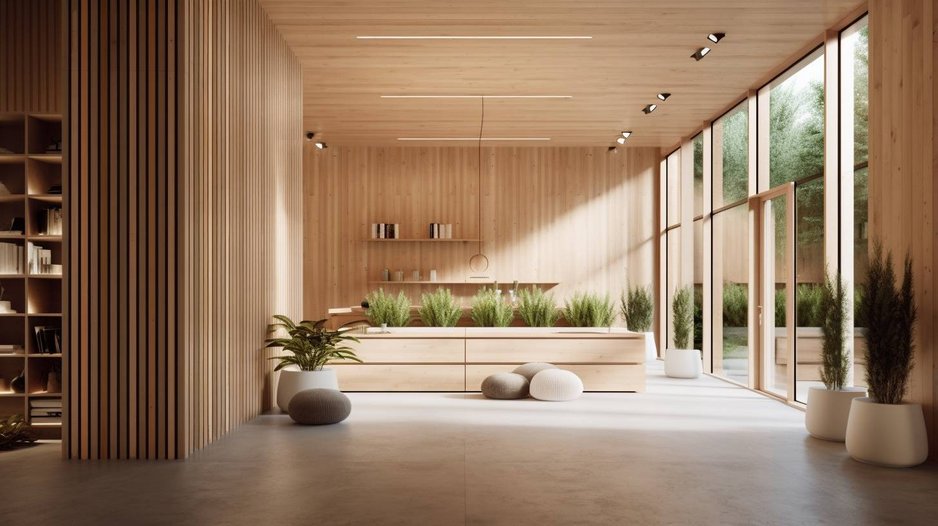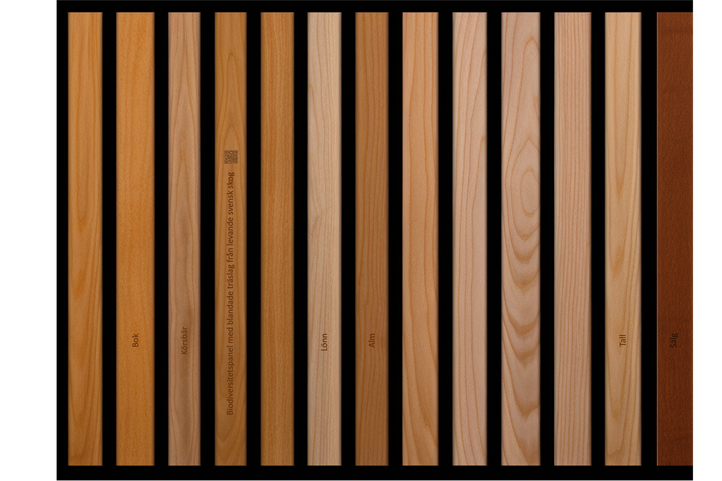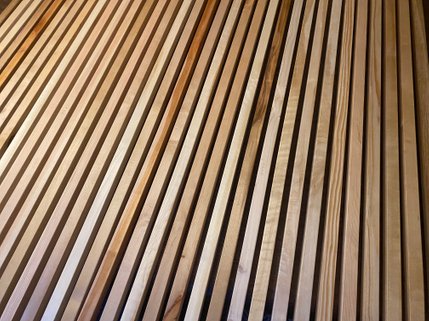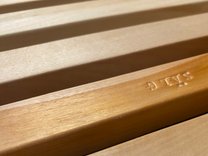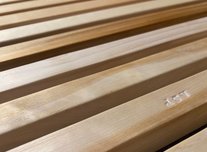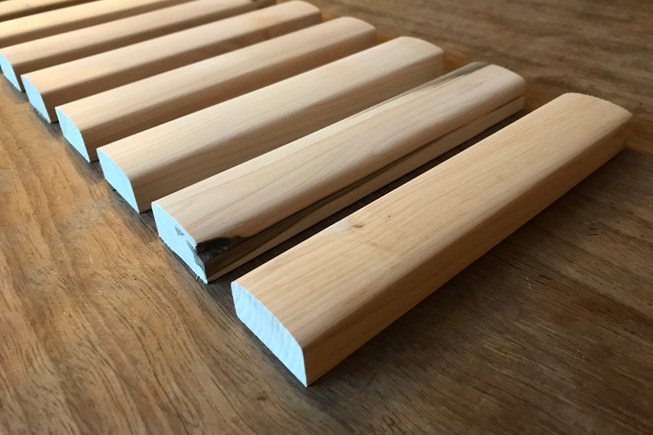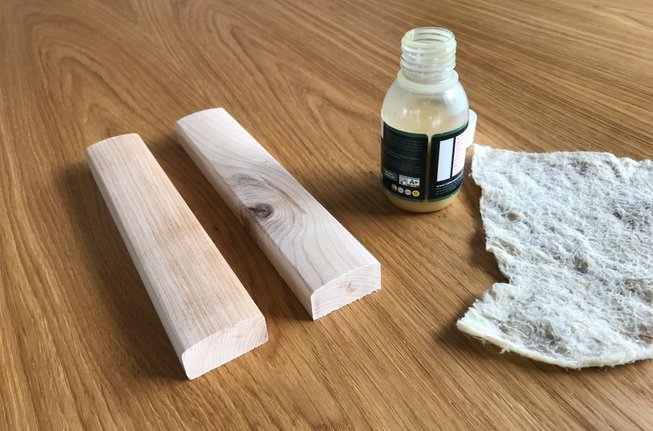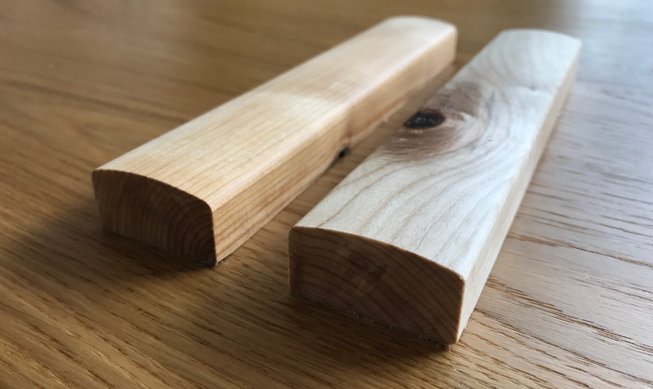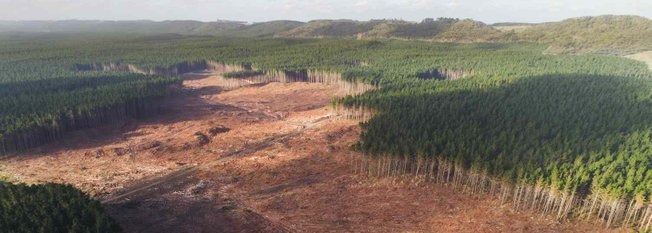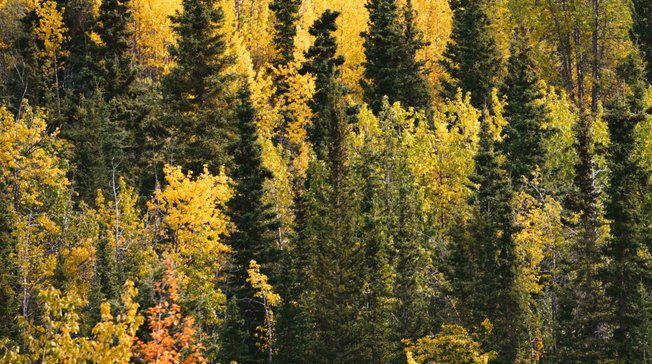Biodiversity on the walls
Imagine an interior that communicates sustainability. Architectural diversity on the walls. Wood from living, biodiverse forests. Forests that continue to grow and thrive as they wish and flourish best.
Biophilic design in the truest sense.
I have decided to make this happen. I believe that the greatest contribution I can make to Swedish nature and climate is to contribute to clear-cut free, close-to-nature forestry on a broad scale. The Biodiversity Panel is a part of that, there will be more... Hope you want to join! By specifying and using timber from these sustainable forests, we take large steps in the right direction.
July 6th 2023: The Biodiversity Panel is now available for delivery, see here what it looks like.
Wooden ribs for wall panels, from Swedish continuous cover forestry mixed wood.
February 2024: First big delivery made, to Malmö Airport, see images here and pressrelease here
Sign up for more info! Thank you!
JOHAN BERHIN, DESIGNER & GREEN ENTREPRENEUR – 2023
What would it look like?
This is how it can look, on the left wall in the picture.
With profile dimensions 38x20mm, rounded corners, and a slightly curved front.
Or choose a 'custom profile'. Lengths as they come out of the log,
or a set length to match your ceiling height upon request.
See the full specification here
The different wood species in close-up (photoshopped image).
I believe that a laser-engraved message on some of the strips is a good idea,
also with the species of wood.
A QR code with a geographic link to the location from which the timber originates
– a friend forest to the property, where you can visit and pick mushrooms.
Questions, feedback, and orders via email info@biodiversitetspanel.se Thank you!
www.biodiversitetspanel.se
26 sept, 2023: Test area for school
Biodiversitetspanel has been specified for a newly built school in southern Sweden, and we have created a sample area to showcase to the client.
Here are the flat ribs, width 22mm and thickness 21mm, with slightly rounded corners with a radius of 1mm. Wood species names punched in at regular intervals, featuring the wood types birch, aspen, willow, pine, spruce, rowan, and oak.
6 July, 2023: Production in place!
Good news, production is already in place, and the first small series production is done, featuring rowan, pine, oak, and alder.
The dimensions are 38x20mm, with a subtle curvature and rounded edges. Looks great! (More about the production will follow, about carpenter Henrik, and his own selectively harvested forest, saw, and planer - it's a wonderful chapter in itself...!)
Samples of rowan wood, untreated
I want to keep as many of the natural aspects as possible, like healthy branches, colour variations, etc. It adds even more life to the expression, and it maximizes the use of what the forest provides.
Here, we put un hard wax as a surface protection. It provides a natural, durable surface that is easy to maintain. Hard waxed massive wood can last 'forever', even in high-wear locations like schools and other public interiors.
All waxed and ready to go!
Do you need samples? Please provide your address and a very short description of the project that you have in mind. Also if you have questions, feedback, and orders you reach us at info@biodiversitetspanel.se
Thank you!
www.biodiversitetspanel.se
Timber Without Clear-Cuts
Almost all timber in Sweden comes from industrial forestry where all trees are the same age, same species (monoculture), and are clear-cut all at once. This forestry is optimized to provide a lot of raw material for paper, simply because the forest industry also owns the paper mills, and very little of the harvested volume becomes usable timber for building houses and furniture.
What happens when clear-cut?
In a clearcut, the soil is exposed and most of the animals, fungi and cultures in the soil die (e.g. mycorrhiza). Carbon from the soil leaks out before new vegetation comes up to restart the storage process. Did you know that clear-cutting leaks 15M tonnes of CO2e every year in Sweden alone, as much as the emissions from the entire transport sector?
Clear-cut where all the trees have been removed over a large area - the soil dies
The alternative - continuous cover forestry, or 'Plockhuggning'.
More and more people are realising that we can't go on like that. And there are good alternatives that provide more wood from the forest (but significantly less paper raw material...)! By continuous cover forestry, you select individual or small groups of trees in the forest, trunks that provide good timber, and just enough to allow small seedlings in the undergrowth to take off. The vast majority remains, and the forest can continue to thrive. The carbon storage is of a whole other level, not to mention the biodiversity - not only more tree species but also all the fauna and flora that come with diversity and continuity.
Read more, and see the research references, in this article in Svenska Dagbladet that we were part of creating.
A mixed and diverse forest with trees of different sizes, as a result of continuous cover forestry
Timber from Continuous Cover Forestry
The small Swedish company Plockhugget AB has developed these methods, created the forestry standard for continuous cover forestry (CCF), and provides training and certification. The timber that arrives at the sawmill from CCF-certified forests generates certificates (in the same way as in the energy industry where, for example, wind power generates certificates with renewable electricity). This approach allows all timber in new construction to carry a CCF certificate, promoting close-to-nature forest — a significant stride towards climate neutrality for the property (qualifies for Swedish Green Building Council carbon-free standard 'NollCO2').
Contact www.plockhugget.se for how you can buy timber with a CCF certificate.
Biodiversitetspanel — showing the diversity on the walls
A continuous cover forest will with time produce many different types of wood, the diversity is blooming. This is where the Biodiversitetspanel comes in, and the mixed wood types on the wall become the visible example that communicates the biodiversity of the continuously living forest!

